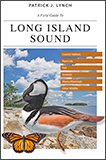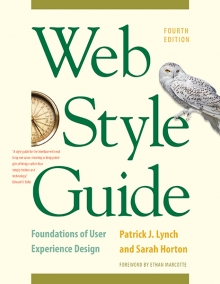- book contents
- chapter contents
- previous page
- next page
3 Information Architecture
Design informs even the simplest structure, whether of brick and steel or prose.
—E. B. White
In the context of web site design, information architecture describes the overall conceptual models and general designs used to plan, structure, and assemble a site. Every web site has an information architecture, but information architecture techniques are particularly important to large, complex web sites, where the primary aims are to:
- Organize the site content into taxonomies and hierarchies of information;
- Communicate conceptual overviews and the overall site organization to the design team and clients;
- Research and design the core site navigation concepts;
- Set standards and specifications for the handling of html semantic markup, and the format and handling of text content; and
- Design and implement search optimization standards and strategies.
Information architecture encompasses a broad range of design and planning disciplines, and the boundaries among information architecture, technical design, user interface, and graphic design are necessarily blurred by the need for all of these communities of practice to cooperate to produce a cohesive, coherent, and consistent experience for the site user. Architecture is an appropriate metaphor for the assembling of complex multidimensional information spaces shared by many different users and readers, where the underlying structure of information must first be framed out before more specific disciplines such as interface and graphic design can operate effectively. The user interface and visual design of the site may be much more visible to the user initially, but if the underlying organization of the site and its content is poorly constructed, visual or interactive design will not fix the problems.
In large web projects the role of information architect will probably be filled by an individual with long experience in organizing and presenting information, particularly in the context of the web. However, in many projects the information architecture of the site will become a joint project among the design, editorial, and technical teams. Regardless of how the role is filled, the information architecture tasks form the crucial planning bridge between your general discussions of site goals and audiences and the specific design, user interface, and technical solutions you’ll use in the finished site designs.
- book contents
- chapter contents
- previous page
- next page









